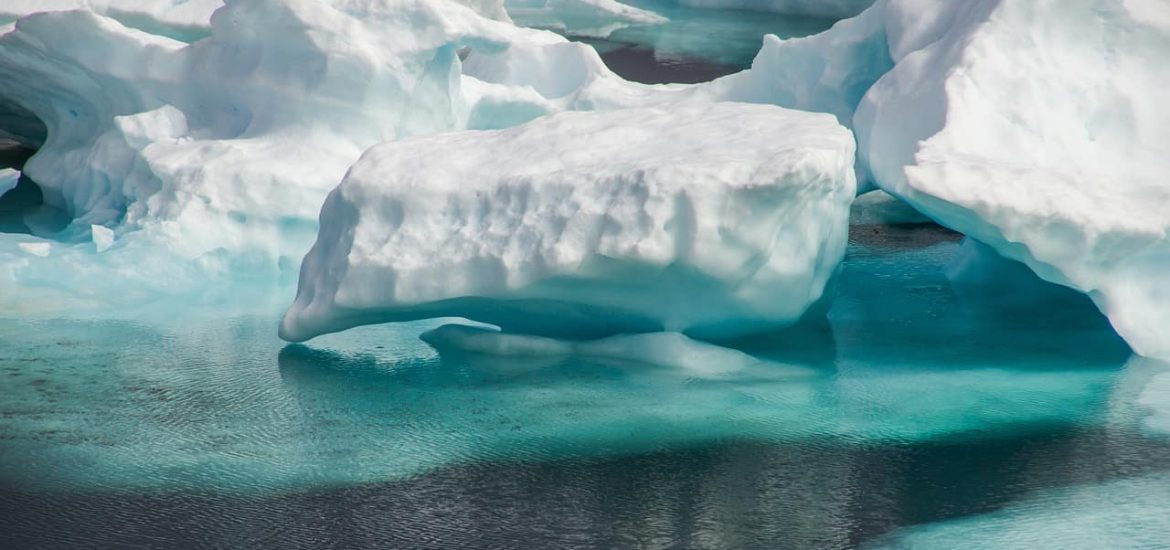The newly discovered ice-ocean interactions make the glaciers more sensitive to ocean warming.

Greenland’s glaciers are even more prone to melting than previously thought
Ice sheets in Greenland are melting fast and might soon even reach a point of no return because of rising air temperatures and warming ocean waters with the former amplifying the effects of the latter. In just a few decades Greenland’s ice sheet has lost billions of tons of ice to the ocean with most of the loss caused by warming ocean waters as a result of a changing climate.
This has already been known, but scientists at the University of California, Irvine, and NASA’s Jet Propulsion Laboratory say the speed of ice melt has been underestimated because of a previously unknown phenomenon, and so has the magnitude of a rise in sea level in future from melting polar ice.
Using satellite radar data collected over a period of years, the researchers have discovered the Petermann Glacier’s grounding line, where ice detaches from the land bed and begins floating in the ocean, shifts extensively during tidal cycles. This allows warm seawater to penerate deeper and so melt ice faster, as they report in a study.
“Petermann’s grounding line could be more accurately described as a grounding zone, because it migrates between 2 and 6 kilometers as tides come in and out,” says Enrico Ciraci, an assistant specialist in Earth system science at UCI and a NASA postdoctoral fellow who was the lead author. “This is an order of magnitude larger than expected for grounding lines on a rigid bed.”
It has been widely believed that grounding lines beneath glaciers in the ocean did not migrate during tidal cycles and so no melting of ice took place, but the new research challenges this assumption. When warm ocean water flows underneath the ice through existing subglacial channels, the grounding zone experiences the highest rates of melting, the new research has discovered.
In fact, between 2016 and 2022 the Petermann Glacier’s grounding line retreated nearly 4 kilometers, with warm water creating an enduring cavity of more than 200 meters tall in the underside of the glacier.
“These ice-ocean interactions make the glaciers more sensitive to ocean warming,” stresses Eric Rignot, a UCI professor of Earth system science and NASA JPL research scientist.
“These dynamics are not included in models, and if we were to include them it would increase projections of sea level rise by up to 200%, not just for Petermann but for all glaciers ending in the ocean, which is most of northern Greenland and all of Antarctica,” Rignot explains.








